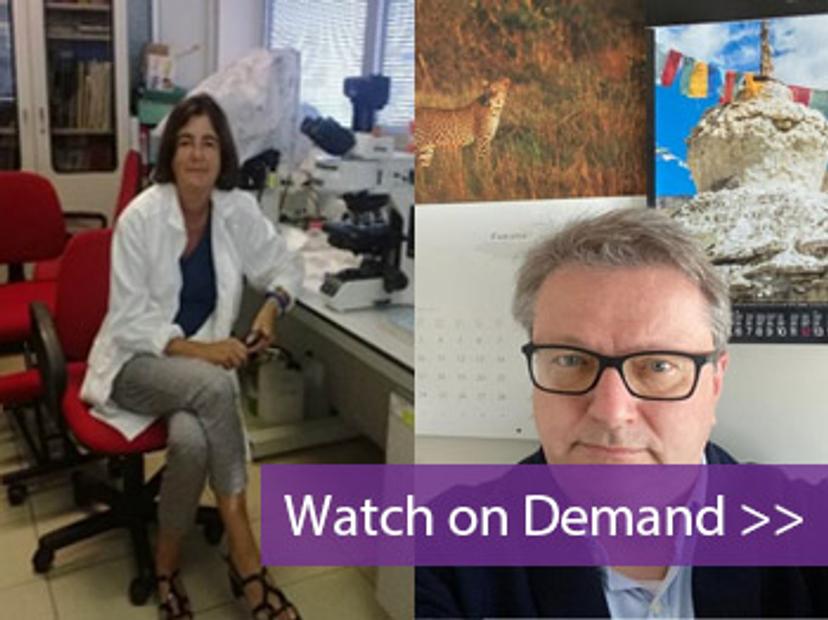Legionella testing in drinking water: Approach, evolution and new perspectives
Watch this on-demand webinar to discover different methods available for detecting Legionella in various water samples
28 Dec 2021

In this free expert-led SelectScience® webinar, Stefano Della Sala and Paola Miana, from VERITAS, explore several different approaches to Legionella testing, including a protocol for monitoring these microorganisms in drinking water networks, and how to communicate results to managers of those networks.
Watch on demand now for a breakdown of the new ‘Directive 2020/2184 of the European Parliament and of the Council of 16 December 2020 on the quality of water intended for human consumption’ with a specific focus on the new parameters for Legionella. Top tips on how to identify Legionella and how to create a reference library are also shared.
Watch on demandRead on for highlights from the live Q&A session or register to watch the webinar at a time that suits you.
Can you describe the disease caused by Legionella?
SD: It's a flu-like disease but is not the same in everyone. It can go undetected, or it can have some clinical manifestations like a blanket fever. In the worst case, you have a pneumonia caused by Legionella that can be life-threatening. The patient who has a pneumonia will need proper treatment: antibiotics treatment, and all the support that can be given in a hospital. There is a 10% death rate from Legionnaires' disease, but this is preventable.
Why are the numbers of cases increasing so much?
SD: There are many reasons why Legionella is around us. Legionella is an organism that grows easily. It can be found in rivers, and in the drinking water system, and it's only recently, that we’ve been able to monitor it easily.
There is a mix of reasons why we see it more. We search for it more in the environment. Also, from the clinical point of view, it can be found more easily in the patient and in the environment. So, it's difficult to say if it's only an apparent increase. The thing that I want to stress is that it's always there. If you search for it, you will find it. And if you don't search for it, there is a clear liability for a company that is providing drinking water or is treating, for instance, surface water, and then puts it into the drinking water system.
What are the tricks and tips you can give the end user to implement the PCR method?
PM: You must have a technician who has studied this method very well, or you need good training to learn to use real-time PCR. So, you must dedicate some time to have training in this method. It is a very useful, very important method for monitoring water quality in a very short time. But it's necessary to understand the meaning of the data and to be able to make a good interpretation of what you receive by your instrument. In our biological laboratory, we count the colonies. So, the approach is different. It's necessary to take a little time to understand this very interesting technology.
What are the origins of getting Legionella in the water system? And how likely is that?
SD: It's extremely common in water. Like any intracellular organism, Legionella likes to live in its perfect environment. The biofilm from amoebae that grows in plumbing systems is the perfect, protective environment in which Legionella grows.
They are everywhere, just like every other kind of bacteria that are not extremely dangerous. If they find a good environment, they will multiply. For example, in the plumbing system, especially where there is low flow and no chlorine, no disinfection, and no maintenance. These are the key factors that make it an ideal place for growth.
There is no question that it's there, the question is, is it under control? Every big building now, in Italy, has Legionella maintenance. It's not unusual to find Legionella in 30% of the tap water in hospitals all over the world including Europe and the U.S. The point is to keep it under control. Avoid the growth of biofilm, and use chlorine if you can, unless you can use another system. But the issue is not where it comes from, you must have a good maintenance system, checking system, and monitoring system, and you will keep it at bay.
